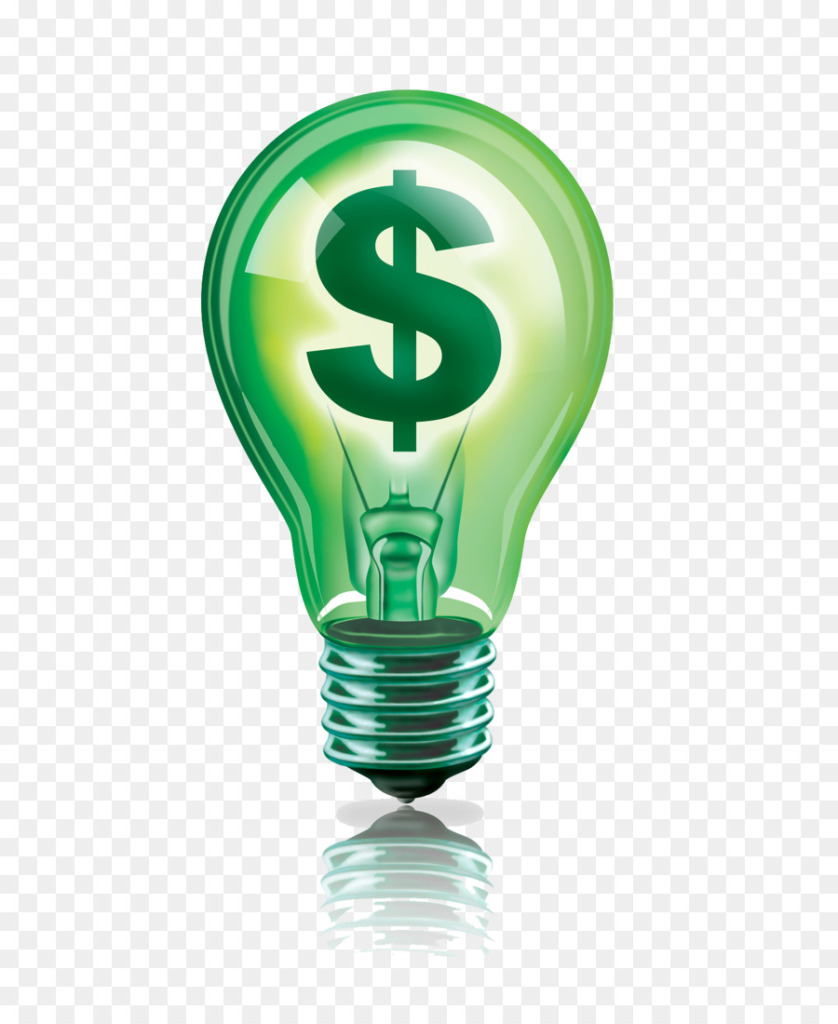Lower Energy Use and Costs
 Lower Energy Use and Costs
Lower Energy Use and Costs
Has all of this time at home made you more aware of energy use? It’s always in the back of our minds, but time at home may have us noticing all of the items in our homes that contribute to energy costs. Lowering energy costs is something we all want to do. You can save money (lower utility bills) and contribute to saving the environment (fewer emissions). And it isn’t as difficult as you might think. You can save energy at home with little investment and little experience. And as the summer season arrives, we can take positive actions on energy use and costs.
Tips are available through your utility company, the Department of Energy, and several internet sites such as Mother Earth News, and the Energy Sage. Indiana Michigan Power, AEP, and Mother Earth News offer some simple tips for summer energy savings:
- Turn off lights when rooms are empty, or they are not needed.
- Replacing light bulbs can also help – According to Energy Star, a compact fluorescent light bulb (CFL) “will save about $30 over its lifetime and pay for itself in about 6 months. It uses 75 percent less energy and lasts about 10 times longer than an incandescent bulb.”
- Keep your refrigerator door closed as much as possible – this saves energy and food.
- Take shorter showers; they require less hot water.
- Lower your hot water heater temperature to 120 degrees (some are set at the factory to 140 degrees).
- Water heating is a major contributor to your total energy consumption. Other than purchasing an energy efficient water heater, there are three methods of reducing your water heating expenses: you can simply use less hot water, turn down the thermostat on your water heater, or insulate your water heater and the first six feet of hot and cold water pipes.
- Use cold water when washing clothes.
- Make sure your ceiling fan is set to run counterclockwise in the summer, pushing cooler air down into the room.
- If/when you use the air conditioner, close doors and windows to the outside.
- Set your air conditioner temperature to a higher temperature.
- com explains that for every degree you raise your thermostat, you reduce your cooling costs between 7 and 10 percent.
- A programmable thermostat can be set to automatically turn off or reduce heating and cooling during the times when you are asleep or away. When you install a programmable thermostat, you eliminate wasteful energy use from heating and cooling without upgrading your HVAC system, and could save as much as 15 percent on heating and air conditioning costs.
- Keep floor vents and return air vents clear, to allow circulation throughout rooms.
- On average, a programmable thermostat can save you $180 per year. Programmable thermostats come in different models that can be set to fit your weekly schedule. Additional features of programmable thermostats can include indicators for when to replace air filters or HVAC system problems, which also improve the efficiency of your heating and cooling system.
- Heating and cooling costs constitute nearly half of an average home’s utility bills, so these reductions in the intensity and frequency of heating and cooling offer the greatest savings.
- Clear high grass and plants near your outside air conditioning unit.
- Turn off an unplug appliances and devices when you are not using them: TVs, DVDs, and other devices with a remote control; printers, modems, and other devices with “black box” power supplies; cell phone, tablet, and laptop chargers; appliances with continuous displays.
- Did you know that your electronic devices consume energy even when they are fully charged but still plugged in?According to a report by the U.S. Department of Energy (DOE), “In the average home, 75 percent of the electricity used to power home electronics is consumed while the products are turned off.” The University of California Berkeley reports that “phantom loads account for 6 percent of all national residential electricity consumption. Experts suggest unplugging appliances (like your toaster) and electronics when not using them, or plugging them into a power strip that you turn off when not using the appliances/devices.
- Close curtains and/or shades on south-facing windows during the day to block heat and sunlight.
- Windows are significant source of energy waste, which can amount to 10-25% of your total heating bill. To prevent heat loss through your windows, you can replace single-pane windows with double-pane ones.
- Avoid cooking, drying clothes, or other heat-producing tasks during the hottest times of the day (usually between 11:00 AM – 4:00 PM).
Sealing air leaks, upgrading the efficiency of windows, improving insulation, and planting shade trees are further steps you can take to help lower summer energy costs. Suggestions and recommendations are available from several sources.
Let’s get started on a more energy-efficient summer!
Suggested sources:
www.Motherearthnews.com/renewable-energy